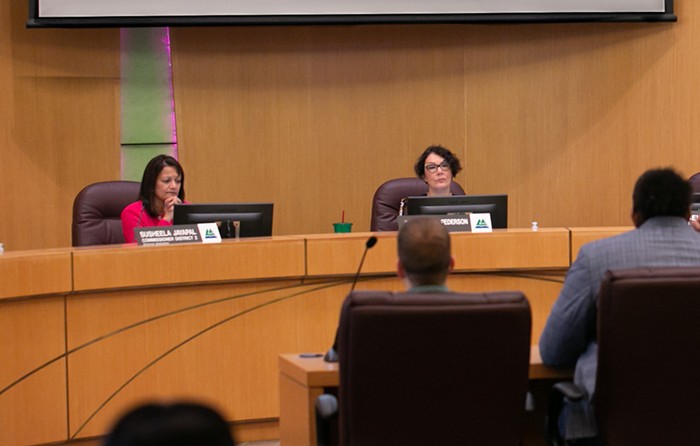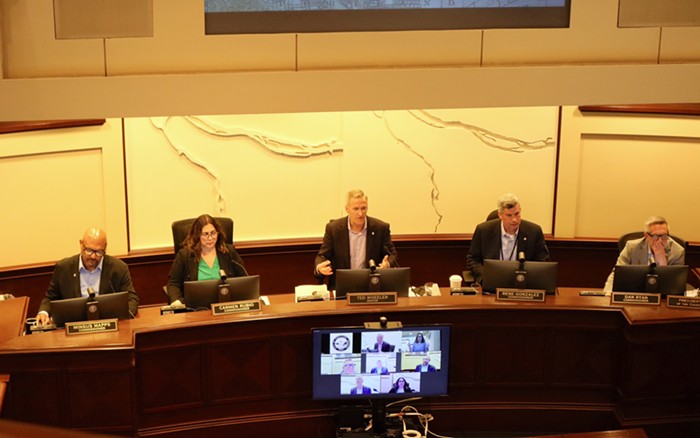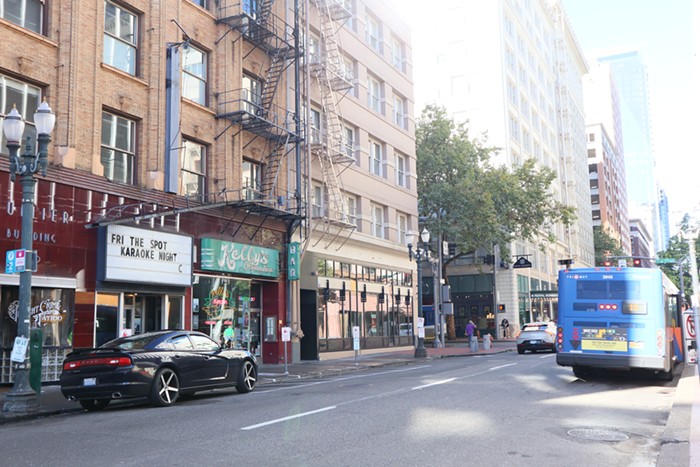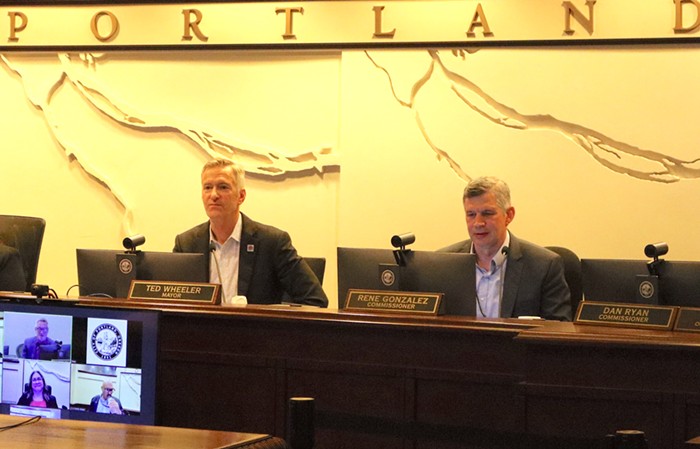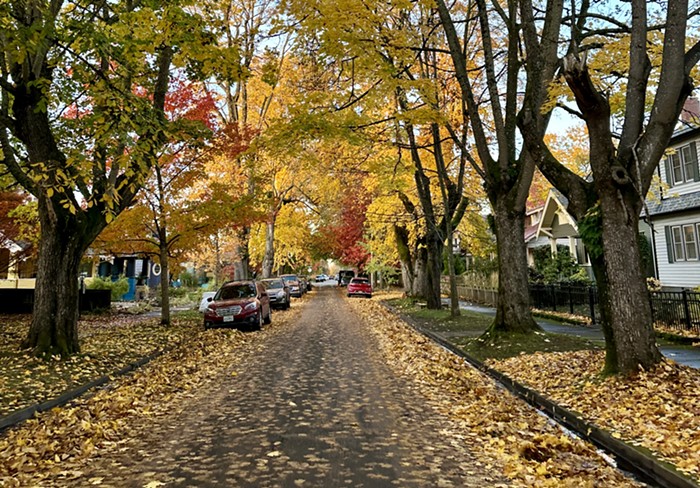THE FIGURE looked like validation.
A week into Oregon's historic, and largely problem-free, experiment in recreational pot sales, there were whispers—then shouts—that dispensaries had moved an eye-popping $11 million in product.
It was a number with the potential to satisfy lingering doubts about legal pot. After all, $11 million in weekly sales would shatter officials' best guesses at how much Oregon's new industry will bring in for schools, drug treatment, and police.
More than any other state that's ended prohibition, the figure that rocketed around social media and over the Associated Press wire seemed to suggest Oregon was more than ready for on-the-level weed.
"If the first week of sales are any indication, the marijuana industry in Oregon will quickly outpace the tax revenue generated by beer and wine," wrote Anthony Johnson, a leading campaigner for legal weed, in a post on his website, marijuanapolitics.com. "Prohibitionists used to claim that revenue from legalizing cannabis wouldn't materialize, but it looks like they will have to move onto another false claim."
Here's the problem: The $11 million itself may be a false claim. Oregon almost certainly didn't sell that much recreational pot the first week of October. We'll probably never know what it sold.
In a pot industry that frequently tries to show a unified front, the estimate's ruffling some feathers.
"In this industry, we just have to be careful and hold ourselves to as high a standard as we can when it comes to making claims about things like revenue," says Amy Margolis, a Portland-based pot industry attorney and lobbyist. "The risk is that the marijuana industry looks like they're inflating their numbers for some sort of purpose, or that the marijuana industry can't be relied on when we quote statistics."
"I think it was exaggerated," says Don Morse, director of the Oregon Cannabis Business Council. "The numbers just seem really, really high."
The $11 million estimate came from a place of good faith, says Casey Houlihan.
The Portland-based Oregon Retailers of Cannabis Association (ORCA), beset by media requests in the first week of legal pot sales, decided to reach out to members and allies to get a sense of how booming business was, says Houlihan, the group's executive director.
ORCA has around 35 retailer members, and surveyed them and others on sales. Then it estimated how that sampling extended to hundreds more dispensaries peddling recreational pot statewide, Houlihan says, doing its best to shave away outliers and account for market differences in various parts of the state.
The result of those calculations: an estimate that Oregon sold $3.5 million in pot on October 1, the first day of recreational sales, and around $11 million that first week.
It was hardly a scientifically rigorous process, Houlihan concedes, and he blanched a bit when he saw the number shoot around the globe in news reports. But today, he stands behind it.
"I've double checked the numbers on a lot of different ends," says Houlihan, who dabbled in state politics and helped out with the campaign to legalize pot before founding ORCA. "If anything, it might be low."
Don't count on double-checking the math. Houlihan's not releasing his numbers, citing members' privacy. And no one else appears to be tracking early sales right now. The Oregon Health Authority, which regulates the medical dispensaries that are allowed to sell recreational weed through 2016, didn't study early sales. Neither did the Oregon Department of Revenue, though it reached out to Houlihan to discuss his findings.
"We're not going to rely on that number," says the department's spokesman, Bob Estabrook, noting the state is also "not going to say that number is wrong or crazy. Certainly it's possible."
Oregon's first true notion of how successful legal weed is won't begin to trickle in until January 4, 2016, when dispensaries start tacking on a 25 percent sales tax to recreational pot sales.
When that happens, it's likely Oregon will learn it's not dealing with an $11 million weekly industry, after all. Houlihan notes pot sales have flagged since the first, excited day, and admits he wasn't able to differentiate between medical and recreational sales, meaning recreational pot's impact is smaller than estimated, even if Houlihan's right.
Even so, industry folks are banking on ORCA being right in one respect: That tax revenues will outpace official estimates.
The Oregon Legislative Revenue Office, tasked with crunching numbers on legislation, guessed in June that early recreational sales, with their 25 percent tax beginning in January, would net only $2 million to $3 million from January 4 through the end of 2016.
Even if Houlihan's guess is double the actual figure, the state would hit its mark in two weeks. And if Oregon starts to approach the sales volume of Colorado, which marked nearly $60 million in recreational pot sales in August—corresponding to about $44 million here, taking into consideration Oregon's smaller population—we'd triple official revenue estimates.
These real, reliable figures will be evident soon enough. Until then, most members of Oregon's pot industry are happy to keep quiet.
"We need to be careful not to look bad," Margolis says. "This industry has some baggage."


